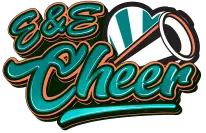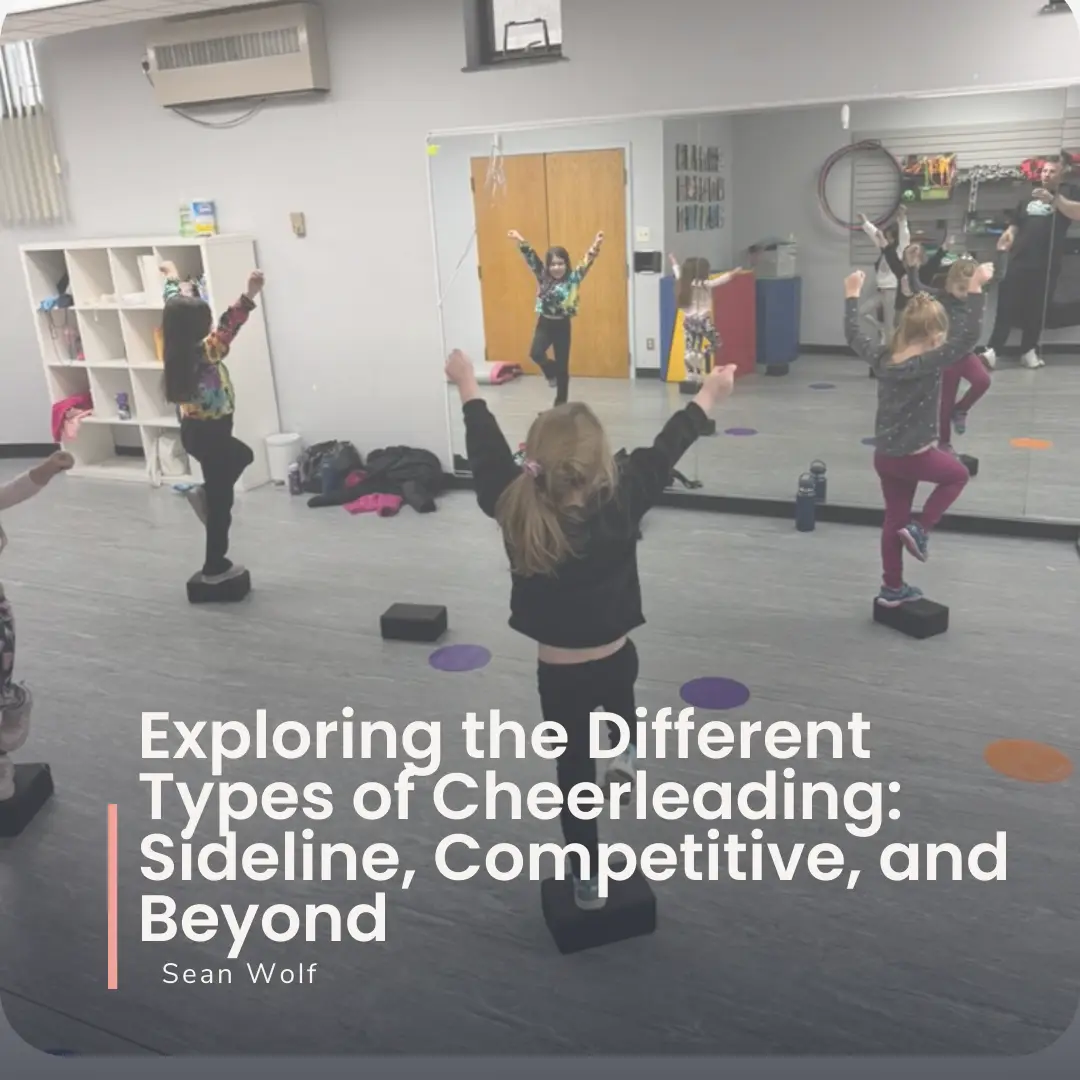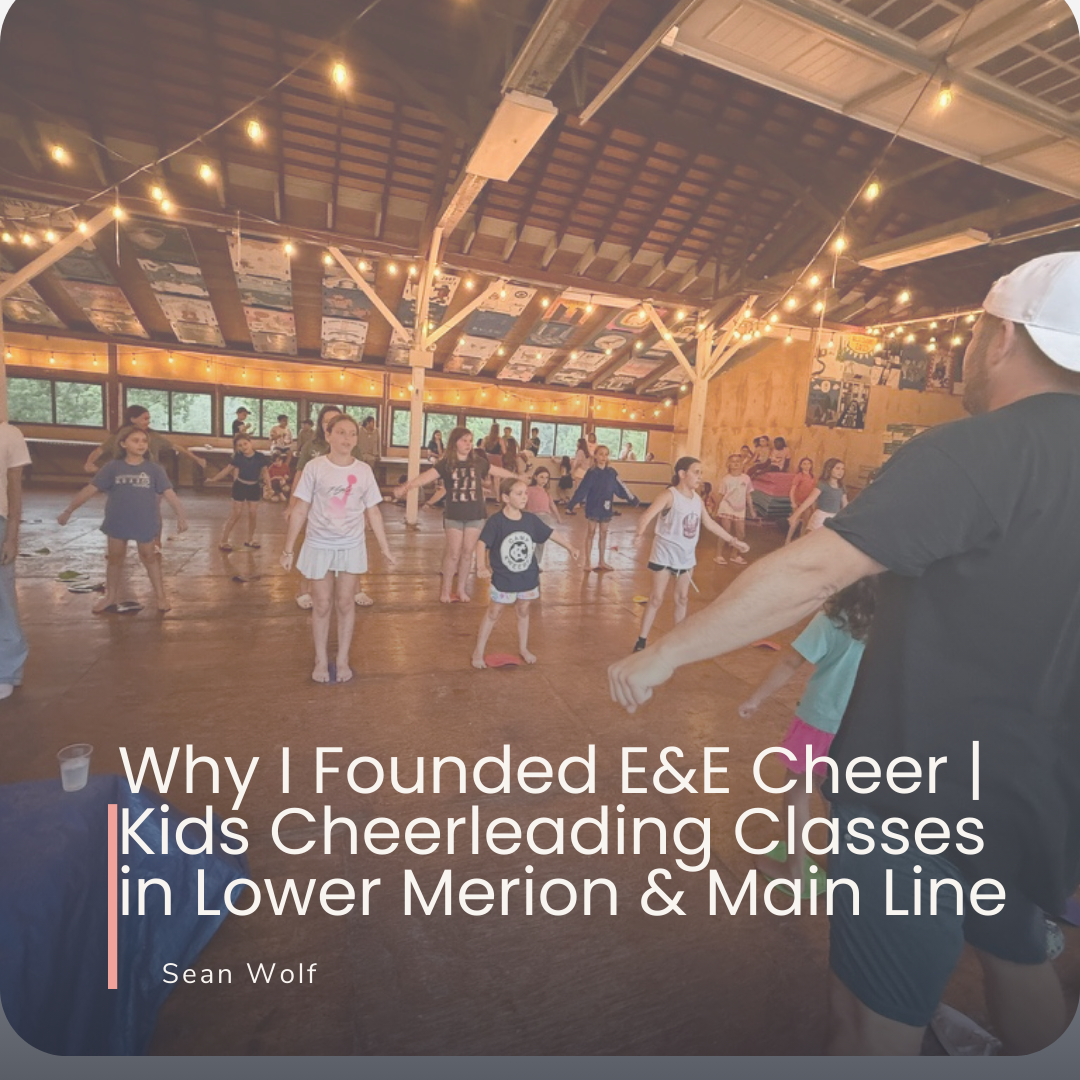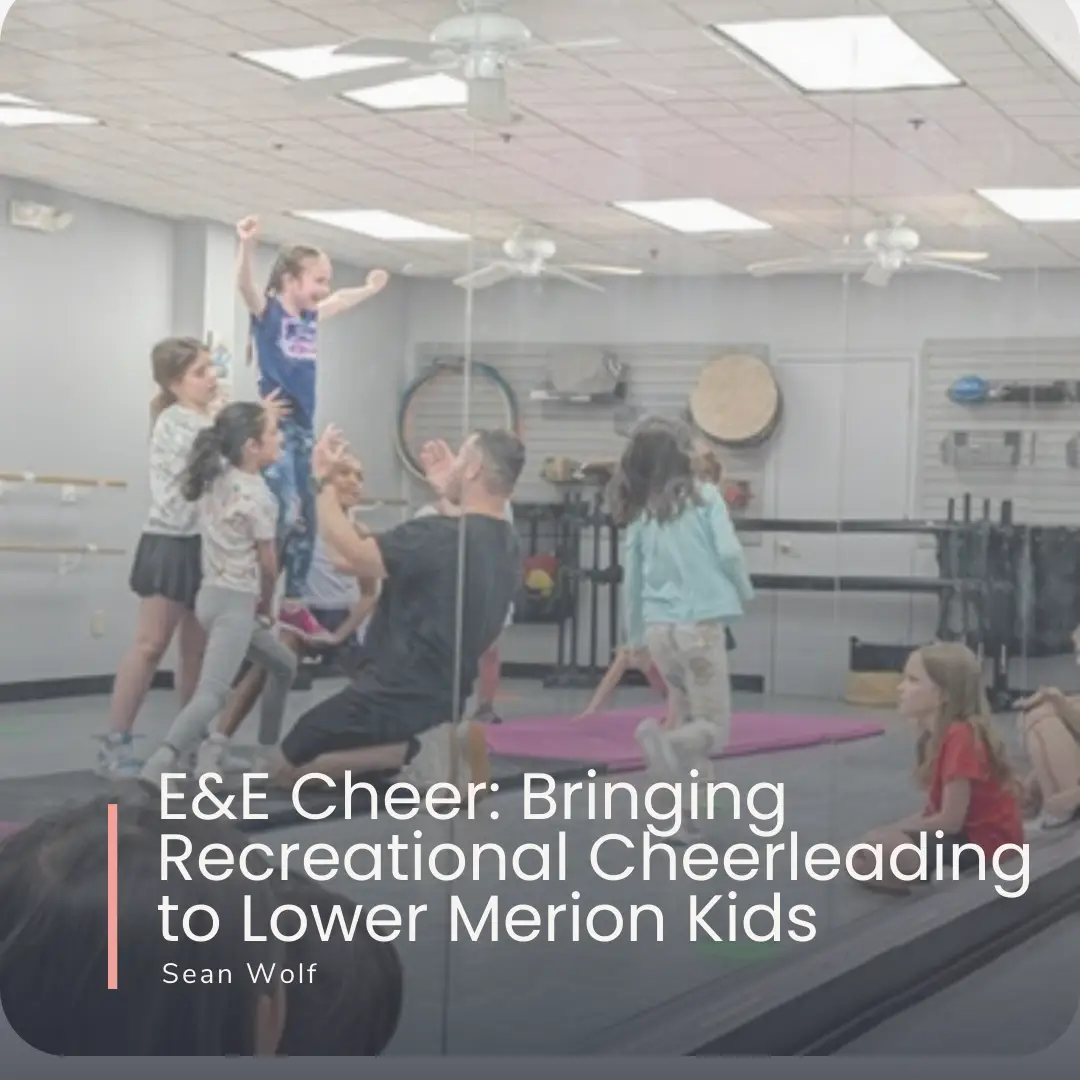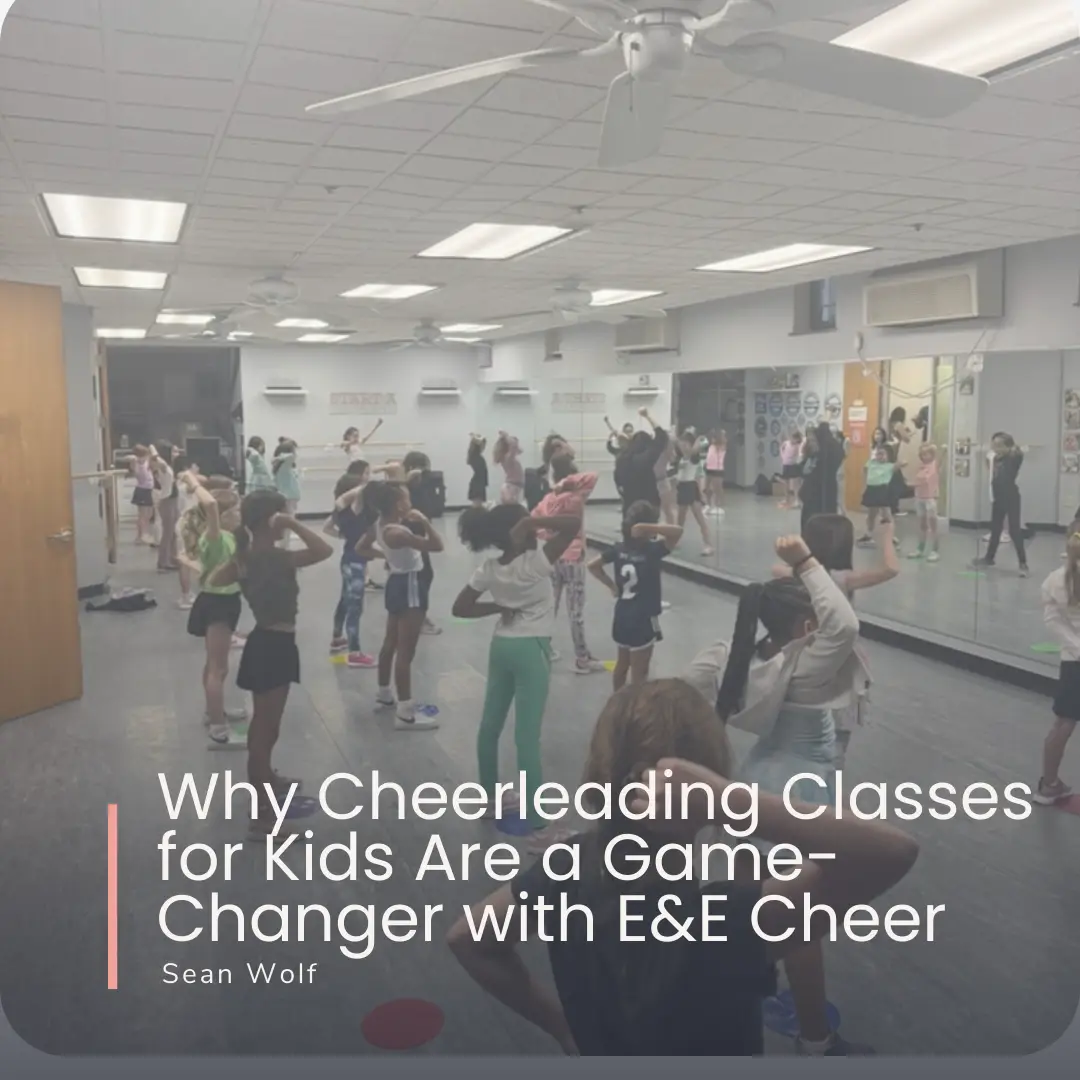Cheerleading is a vibrant, multifaceted activity that sparks curiosity—especially when people search “What are the 2 types of cheerleading?” on Google. At its core, cheerleading splits into two main categories: sideline cheerleading and competitive cheerleading. But there’s more to it than that! Sideline cheer includes recreational, youth, and team-based forms, while competitive cheer encompasses school-based and All-Star varieties. In this article, we’ll break down these types, spotlight their unique flavors, and even touch on professional cheerleading for a full picture. Packed with SEO-friendly terms like “types of cheerleading,” this guide is perfect for cheer fans, parents, or anyone eager to learn about this dynamic world.
Introduction: What Are the 2 Types of Cheerleading?
Cheerleading’s two primary branches are sideline cheerleading and competitive cheerleading, each with its own vibe and purpose:
- Sideline Cheerleading: Think game-day energy—cheerleaders rallying crowds at sports events, including recreational, youth, and team-based squads.
- Competitive Cheerleading: A full-on sport where teams perform jaw-dropping routines, split between school-based and All-Star teams competing for glory.
These categories aren’t just labels—they’re gateways to a range of cheer experiences. Let’s dive in and explore them, plus a bonus look at professional cheerleading!
Sideline Cheerleading: Spirit in Action
Sideline cheerleading is the classic image of cheer—pom-poms waving, chants echoing, and crowds roaring. It’s all about boosting team spirit and engaging fans, with subtypes like recreational, youth, and team cheerleading adding depth.
What Is Sideline Cheerleading?
Sideline cheerleaders shine at sports events—football games, basketball matchups, you name it. They’re the spark that keeps the stands buzzing, leading cheers and performing short routines. This category includes:
- Recreational Cheerleading: Casual, community-based squads focused on fun and learning basics, often for beginners or kids not tied to intense schedules.
- Youth Cheerleading: Young cheerleaders supporting local teams, like pee-wee football, building skills while spreading cheer.
- Team Cheerleading: School or club squads tied to specific sports teams, cheering at games from middle school to college.
Key Features and Skills
- Crowd Energy: Sideline cheerleaders master chants like “Let’s go, team!” to unite fans, with youth and team cheerleaders tailoring it to their level.
- Stunts and Moves: Expect basic lifts, tosses, and tumbling—recreational keeps it simple, while team cheer might add a bit more flair.
- Dance Moments: Halftime or timeout routines show off rhythm and teamwork, scaled to the group’s age and experience.
Competitive Cheerleading: The Sport of Precisio
Competitive cheerleading flips the script—it’s not about supporting others but shining as athletes in intense, judged competitions. This type splits into school-based and All-Star teams, each pushing the boundaries of skill and creativity.
What Is Competitive Cheerleading?
Competitive cheerleading—aka “comp cheer”—features teams performing 2-3 minute routines loaded with stunts, tumbling, and dance, all scored on execution and difficulty. It’s divided into:
- School-Based Competitive Cheer: Squads linked to schools, often doubling as sideline teams, competing in regional or national events.
- All-Star Competitive Cheerleading: Independent teams training solely for competition, battling it out at elite levels like the Cheerleading Worlds.
How It Differs from Sideline Cheerleading
- Focus on Competition: Sideline cheer supports; competitive cheer is the main event—All-Star teams especially live for the mat.
- Next-Level Skills: Think towering pyramids, double-twist tumbling, and high-flying basket tosses—school teams build on basics, while All-Star squads go extreme.
- Judged Performance: Precision matters—every stunt and jump earns points, with All-Star routines often pushing the hardest tricks.
Why Knowing the Types of Cheerleading Matters
Grasping these distinctions—sideline (recreational, youth, team), competitive (school-based, All-Star), and professional—unlocks cheerleading’s full scope:
- Pick Your Path: Newbies might love recreational cheer, while dreamers aim for All-Star or pro levels.
- Celebrate Diversity: Each type showcases unique strengths—spirit for sideline, skill for competitive.
- Support the Journey: Understanding helps you cheer on every squad, from youth beginners to All-Star champs.
Conclusion: Cheerleading’s Many Faces
So, what are the 2 types of cheerleading? They’re sideline cheerleading—covering recreational, youth, and team squads that light up game days—and competitive cheerleading, split into school-based and All-Star teams that dominate the competition mat. Add in professional cheerleading, and you’ve got a spectrum of styles proving cheerleading’s versatility.
From a youth cheerleader’s first chant to an All-Star’s championship win, cheerleading blends athleticism, teamwork, and heart. Curious to try it? Check out local programs or share your cheer story below—we’d love to connect! With so many types to explore, cheerleading’s excitement is just waiting for you.
